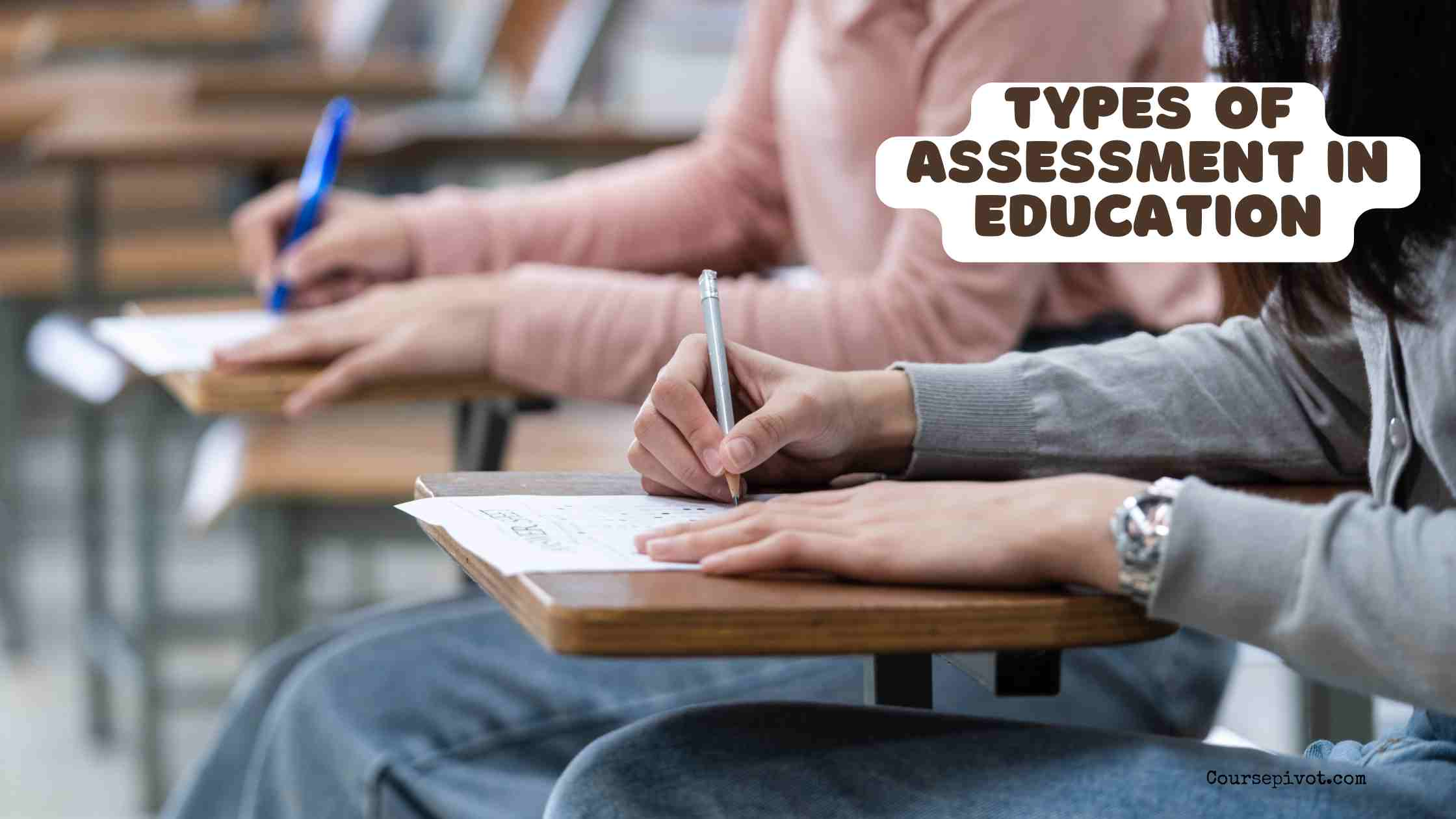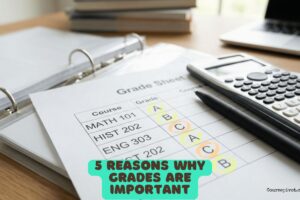
Types of Assessment in Education
How do teachers measure student learning and growth effectively? Assessments in education, used by 95% of educators to track progress, per 2025 EdWeek data, provide critical insights into students’ academic and social emotional skills. Understanding the types of assessment empowers educators to tailor teaching strategies and support the whole child. This blog explores five key types of assessment in education, detailing their roles in enhancing student progress and learning.
Table of Contents
Why Assessments Matter in Education
Assessments guide decision making, with 80% of teachers using them to adjust lesson plans, per 2024 educational studies. They reveal student growth, inform instruction, and address social emotional needs. Knowing assessment types ensures effective learning assessment. Here are five different types of assessments in education and their impact.
1. Formative Assessment
Formative assessments monitor student progress during the learning process, with 85% of teachers using them to adapt instruction, per 2025 pedagogy data. Examples include quizzes, class discussions, or exit tickets. They help teachers identify gaps in real-time. This is key for formative summative assessment balance.
Actionable Step
Incorporate weekly formative assessments like a quick poll or journal entry in lesson plans. Use tools like Kahoot for class discussions to track student learning. Reflect on results to adjust teaching strategies, per formative assessment guides. This boosts students’ engagement and growth.
2. Summative Assessment
Summative assessments evaluate academic performance at the end of a unit or term, with 90% of schools using tests or final projects, per 2024 NCES data. Examples include exams or portfolios. They measure mastery against grade level standards. This is a core summative assessment tool for student progress.
Actionable Step
Design summative assessments like a unit test or project, aligning with criterion referenced standards. Use Edulastic for free summative assessments to assess student growth. Provide feedback to guide future learning, per assessment types best practices. This supports end unit evaluation.
3. Diagnostic Assessment
Diagnostic assessments identify students’ strengths and needs before instruction, with 75% of educators using them to tailor lesson plans, per 2025 studies. Examples include pre-tests or skill surveys. They inform teaching strategies for student learning. This is essential for diagnostic assessment planning.
Actionable Step
Administer a diagnostic pre-test at the start of a unit via Google Forms, a free teacher tool. Analyze results to customize lesson plans for diverse learners. Share findings with a teacher account on platforms like ClassDojo to track student progress. This aligns with learning assessment goals.
4. Norm-Referenced Assessment
Norm-referenced assessments compare students to peers, often via standardized tests, with 70% of U.S. schools using them, per 2024 Department of Education data. Examples include SATs or state exams. They rank academic performance nationally. This assessment type highlights student standing.
Actionable Step
Prepare students for standardized tests with practice exams from Khan Academy. Discuss results to set productivity goals for student growth. Use norm-referenced assessments data to advocate for resources, per assessment center guidelines. This supports criterion referenced comparisons.
5. Social-Emotional Assessment
Social-emotional assessments measure social emotional skills like empathy or resilience, with 65% of teachers noting improved classroom dynamics, per 2025 SEL studies. Examples include surveys or behavior logs. They support the whole child in learning. This is vital for emotional skills development.
Actionable Step
Use a social emotional survey, like Panorama Education’s free tools, to assess students’ well-being. Integrate findings into lesson plans with activities like group discussions. Reflect on social emotional skills growth to adjust teaching strategies. This fosters culturally responsive teaching and student learning.
Why These Assessments Work
These five types of assessment in education—formative, summative, diagnostic, norm-referenced, and social-emotional—provide a holistic view of student progress. They align with how to improve productivity in the workplace of education, with 90% of teachers seeing better outcomes, per 2025 data. They help teachers tailor instruction. Together, they answer what are assessments in education.
Extra Tips for Effective Assessments
- Use Tech Tools: Leverage free teacher platforms like Quizizz for formative assessments, boosting engagement by 20%, per 2024 studies.
- Provide Feedback: Share clear, actionable feedback post-summative assessments to enhance student learning by 15%, per pedagogy data.
- Balance Types: Combine criterion referenced and social emotional assessments to support the whole child, per learning assessment best practices.
Read How to Write a Psychosocial Assessment Paper with Free Essay Sample
Key Takeaways
Types of assessment in education—formative, summative, diagnostic, norm-referenced, and social-emotional—drive student learning and academic performance. These assessments are backed by data showing their impact on teaching strategies and student progress. Start with one, like a formative assessment or SEL survey, to enhance learning today. Small steps now boost student growth tomorrow.
Cite this article
You can copy and paste your preferred citation format below.
Martin, L. & Arquette, E.. (2025, July 3). Types of Assessment in Education. Coursepivot.com. https://coursepivot.com/blog/types-of-assessment-in-education/



